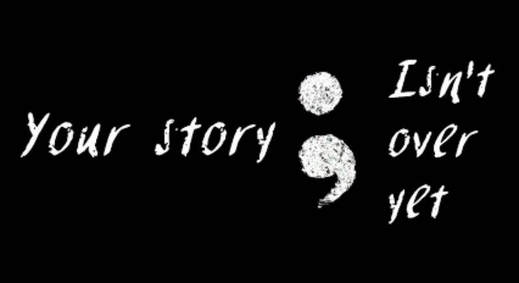If in need of immediate assistance please call 911 or the UHS Crisis Line (608-265-5600, Option 9).
|
Risk Factors
Risk factors are characteristics that make it more likely that someone will consider, attempt, or die by suicide. They can't cause or predict a suicide attempt, but they're important to be aware of.
If someone has indicated thoughts of suicide, plan to carry it out, means to complete suicide, and a timeframe within 24 hours, call 911. If you are on campus, you can request a CIT trained officer who is trained to handle mental health crises. There are also various resources (listed below) that are available 24/7 to help someone in need. |
Click on THIS website link to explore resources related to suicide prevention for a variety of social populations! |
